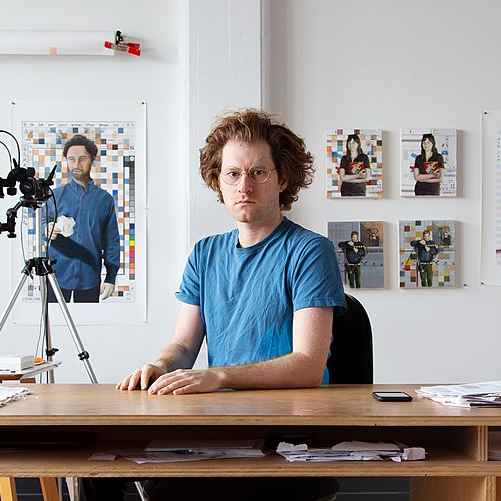
Born 1977 in Detroit, MI. Lives in Brooklyn, NY.
(THEY/THEM/THEIRS)
Michael Mandiberg is an interdisciplinary artist whose work crosses multiple forms in order to trace the lines of political and symbolic power as it takes shape online. Building on the conceptual tradition, Mandiberg orders and reorders information, remixing the forms in which they manifest or solidify. While technically sophisticated, Mandiberg’s work eschews the novelty of new technology in favor of an exploration of appropriation, the digital vernacular, the ways in which these new technologies impact our lives, and the politics and poetics of technological subjectivities.
Mandiberg received an MFA from California Institute of the Arts and a BA from Brown University. Mandiberg is a Professor of Media Culture at the College of Staten Island/CUNY and is on the Doctoral Faculty at the CUNY Graduate Center. Mandiberg is also founder of the New York Arts Practicum and co-founder of the Art+Feminism Wikipedia. Mandiberg’s projects have been presented at Whitney Museum of American Art (New York, NY), The Museum of Modern Art (New York, NY), Los Angeles County Museum of Art (Los Angeles, CA), The New Museum (New York, NY), Musée d’Art Moderne de la Ville de Paris (Paris, France), Denny Gallery (New York, NY), Art-in-Buildings Financial District (New York, NY), Project Space, Arizona State University Library/Museum (Tempe, AZ), Eyebeam (New York, NY), and Transmediale (Berlin, Germany) among others. Mandiberg’s work is in the permanent collections of the Los Angeles County Museum of Art (Los Angeles, CA), Stedelijk Museum (Amsterdam, The Netherlands), and 21c Museum. Their work has been featured and reviewed in Artforum, Art in America, ARTnews, The Brooklyn Rail, The New York Times, The New Yorker, Hyperallergic, and The Wall Street Journal. Michael Mandiberg is represented by Denny Gallery (New York).
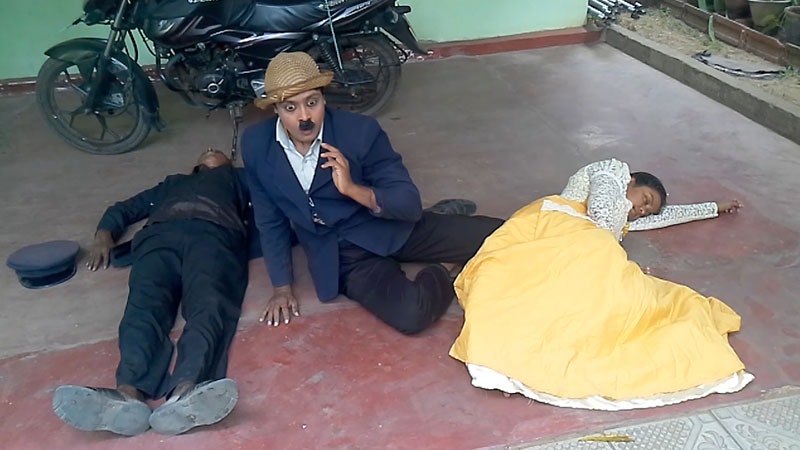
Michael Mandiberg’s new media work makes a kind of Allan Sekula-like move to position art and its practices within a social and technological history attached to labor relations.
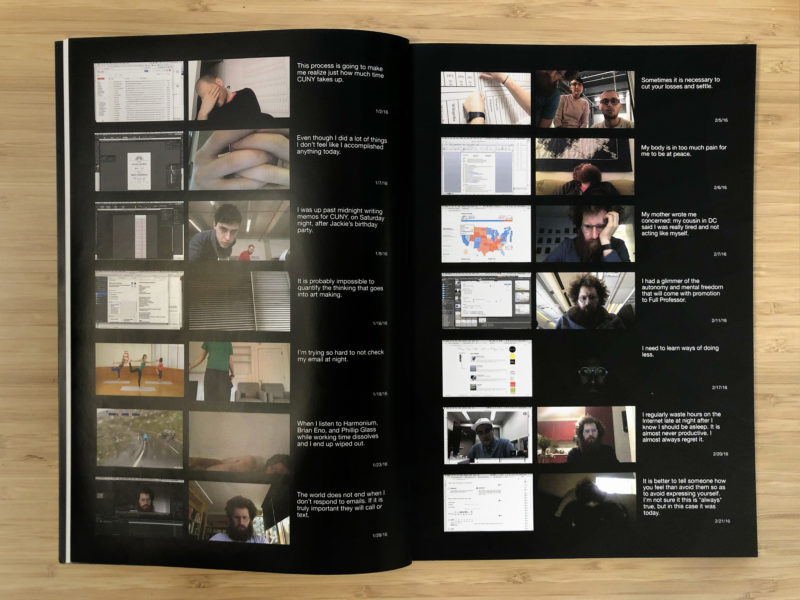
In their film Postmodern Times (2017), Michael Mandiberg recre-ates Charlie Chaplin’s Modern Times (1936) shot by shot using free-lancers employed via the digital labor platform Fiverr.
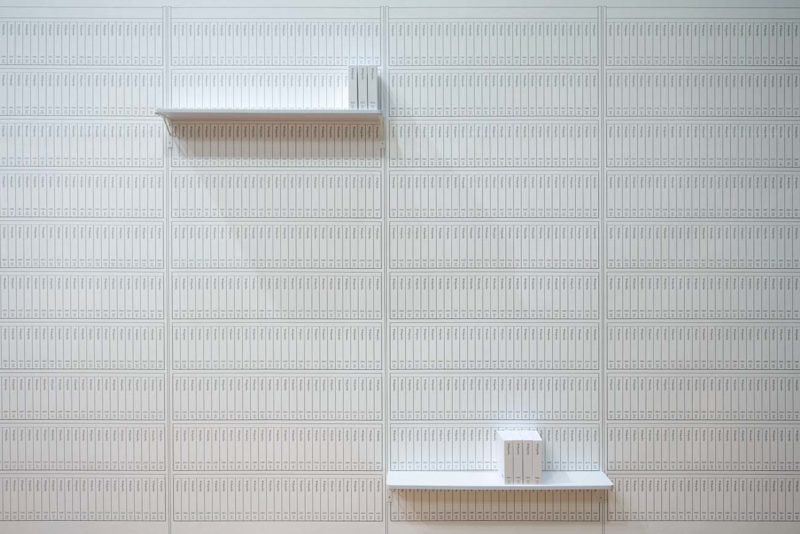
The exhibition opens with Michael Mandiberg’s ‘Print Wikipedia’ installation, a striking visualisation of the decentralised knowledge sharing project Wikipedia.
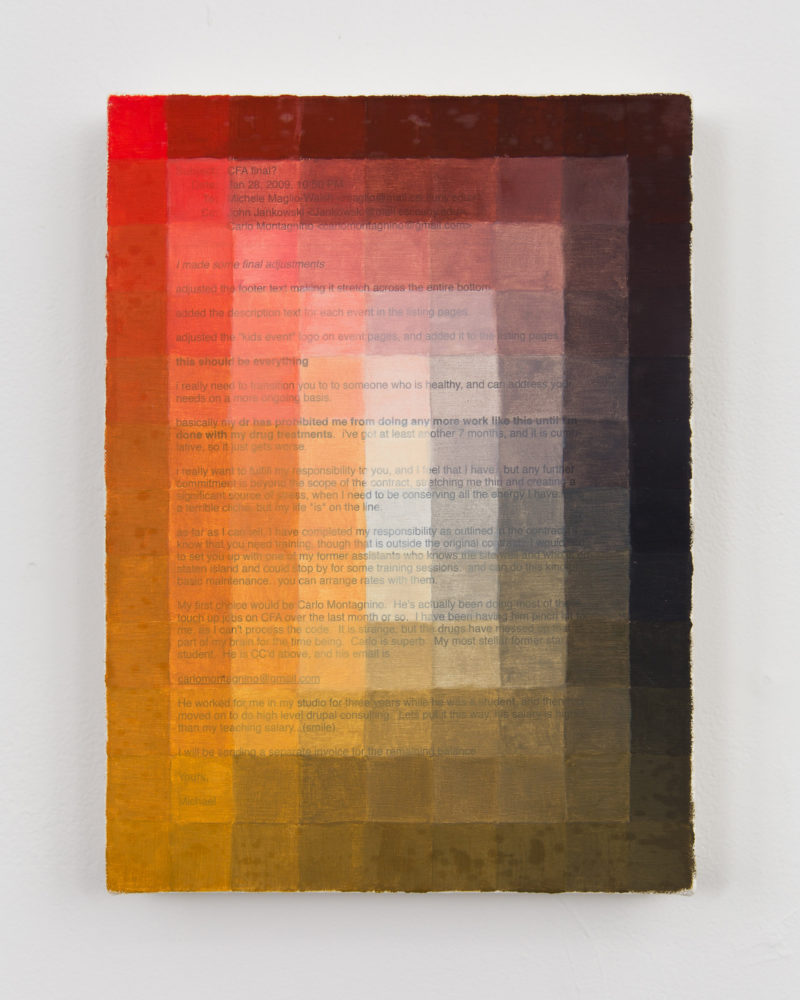
Michael Mandiberg’s Timeframe exhibition gives the viewer a window into a period of time when they had to deal with the breakdown of their own body.
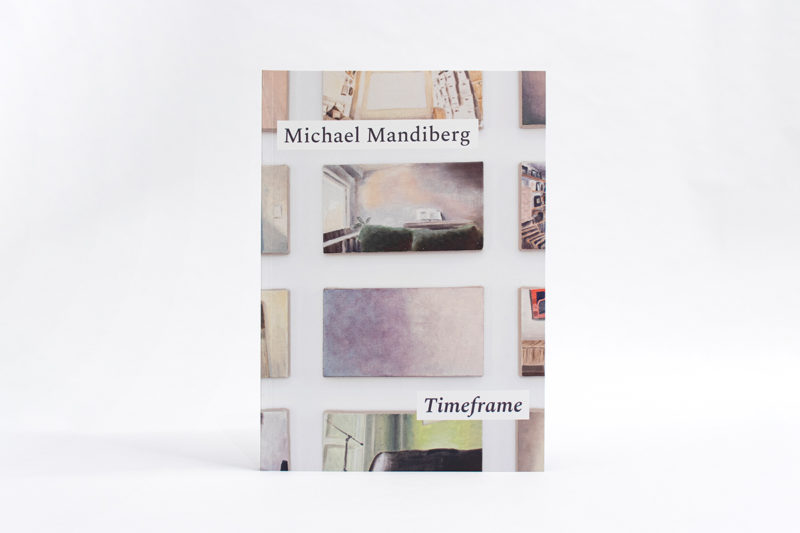
Published to coincide with the artist’s solo exhibition by the same name, Michael Mandiberg: Timeframe reviews two new bodies of work – Zoom Paintings and Live Study. The catalog includes essays by Christiane Paul, Curator of New Media Art at the Whitney Museum of American Art; danilo machado, poet and curator; and Michael Mandiberg. 10 x 7 inches/25 x 18 cm 102 pages Softcover Language: English Read the catalog online Visit exhibition website, Timeframe.
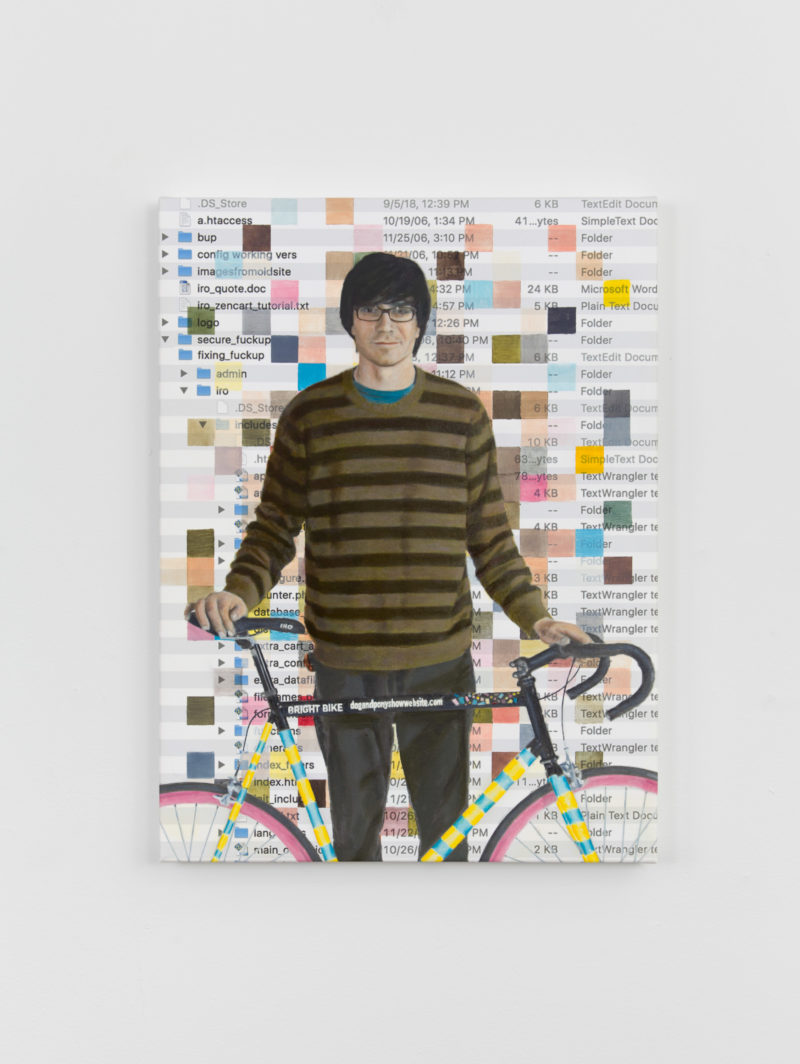
Michael Mandiberg presents two ongoing bodies of work related to themes of memory, illness, and building relationships through work and learning.
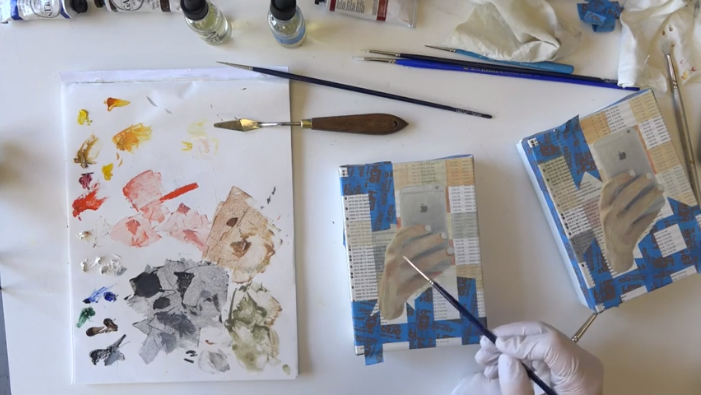
artport is the Whitney Museum’s portal to Internet art and an online gallery space for commissions of net art and new media art. Originally launched in 2001, artport provides access to original art works commissioned specifically for artport by the Whitney.
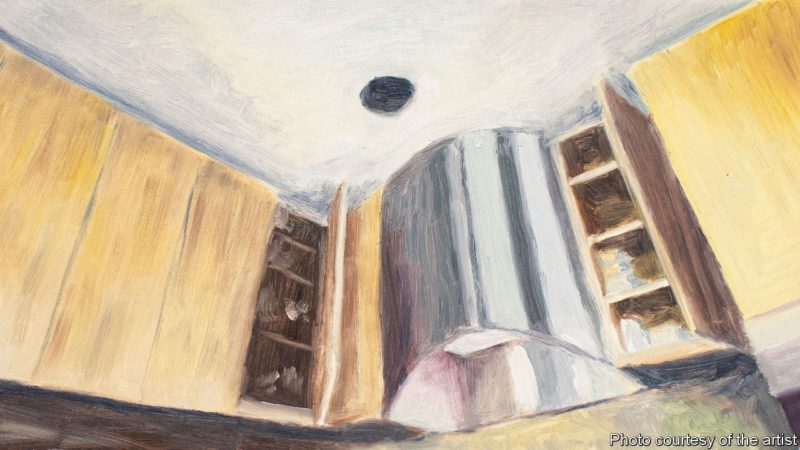
Review of Michael Mandiberg’s “The Zoom Paintings” in The Economist.
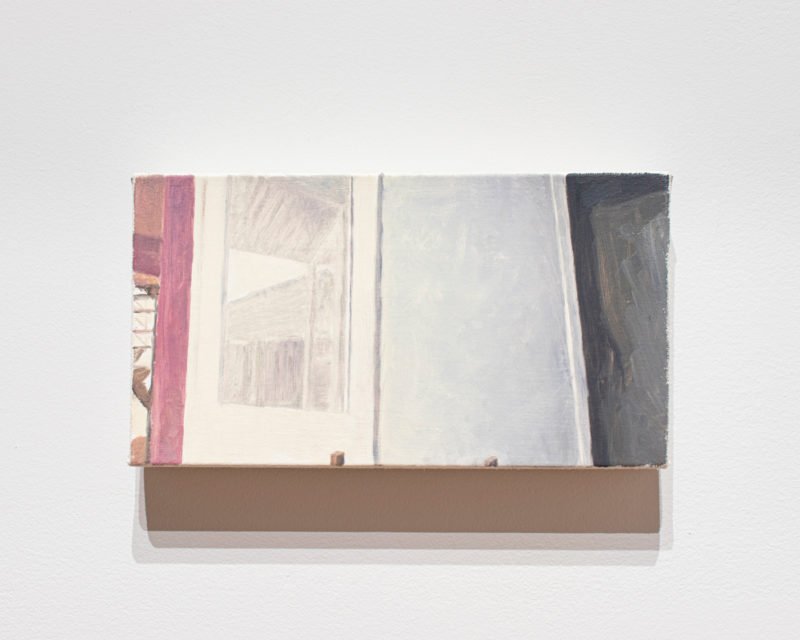
We have selected and spoken to artists living and working in Berlin, Denmark, and New York City to reveal new artistic perspectives that their isolating experience created, taking inspiration from proximity, the feeling of home, the airy and empty cities as well as transforming the now constant digital experiences into tangible pieces.
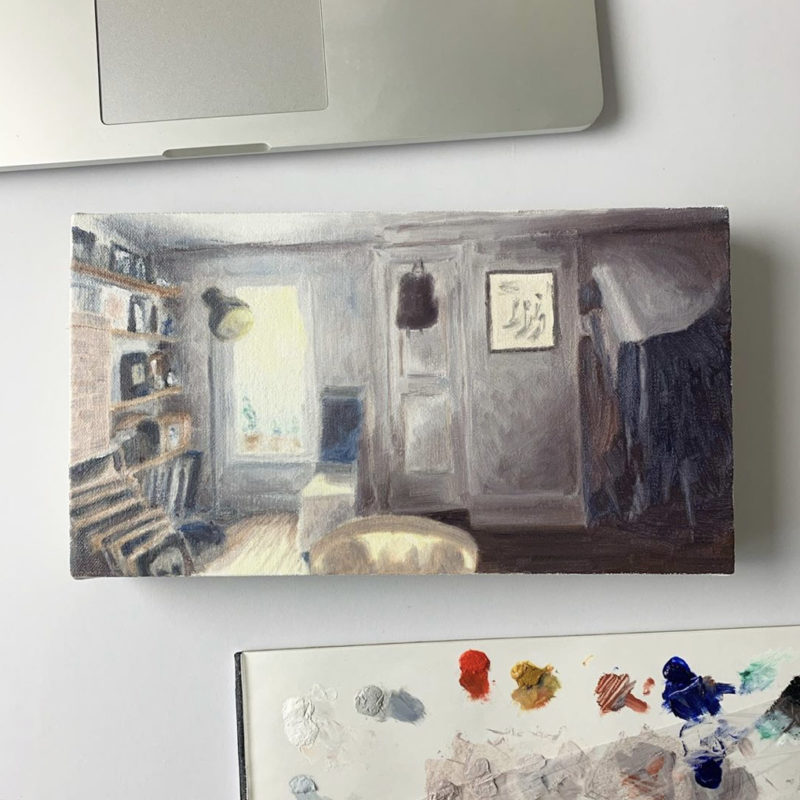
For this upcoming exhibition, launching November 12th, the works will be presented in the digital sphere where they were born. The gallery will present the artworks on a public Zoom every day through the run of the show.
NYFA has awarded $588,000 to 85 New York State artists working in Craft/Sculpture, Digital/Electronic Arts, Nonfiction Literature, Poetry, and Printmaking/Drawing/Book Arts.
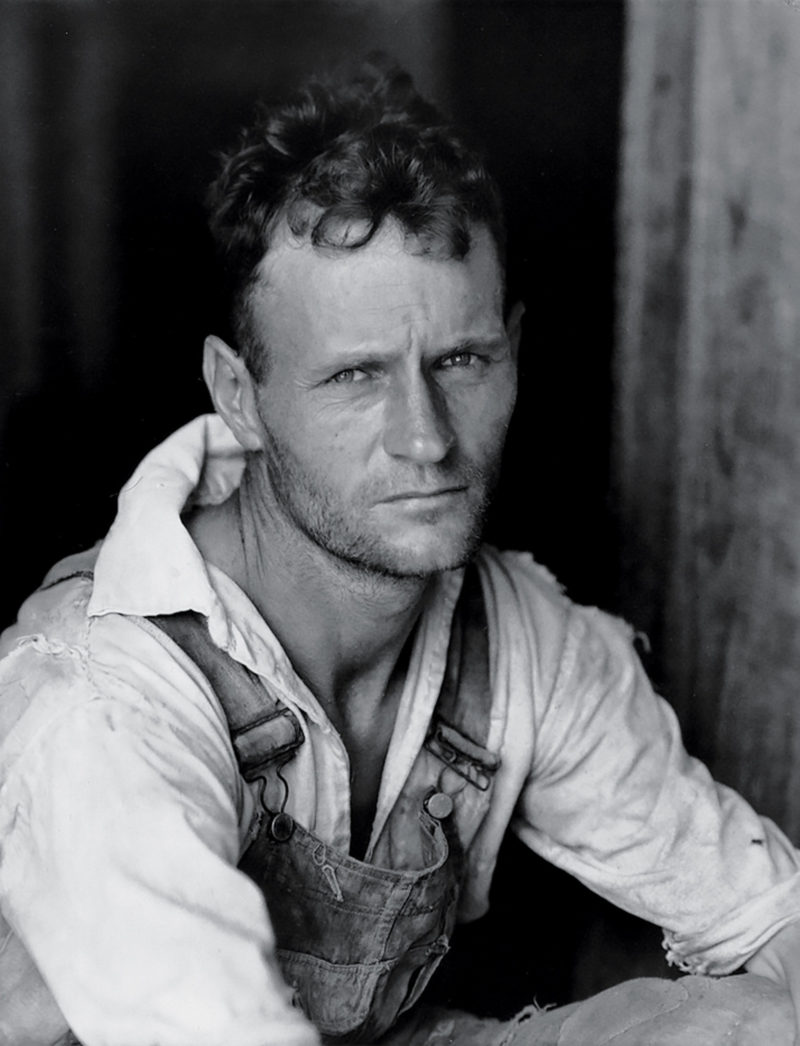
Appropriation goes both ways, and increasingly it’s being seen as a creative freedom for writers who have been excluded from the literary canon.
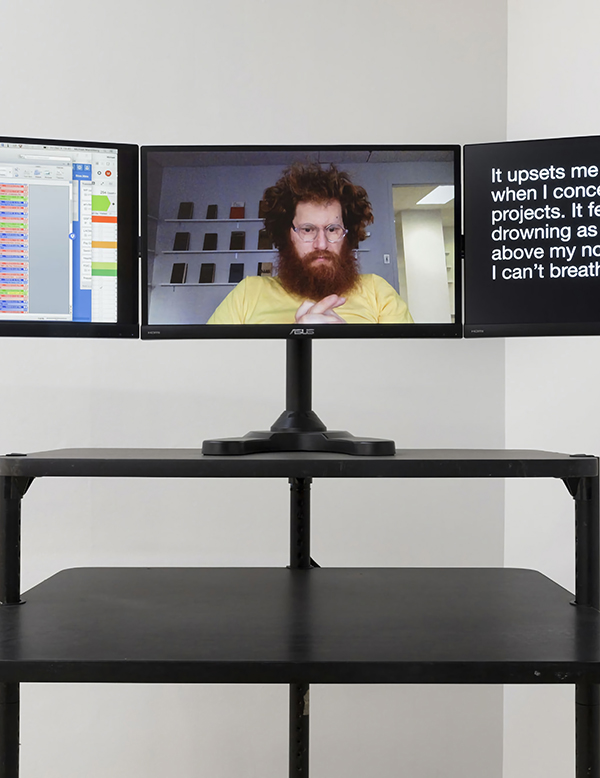
Michael Mandiberg’s “Quantified Self Portrait (One Year Performance)” continues a whole thread in media art about defining a portrait not through a face, but intimate data univocally connected to the person.
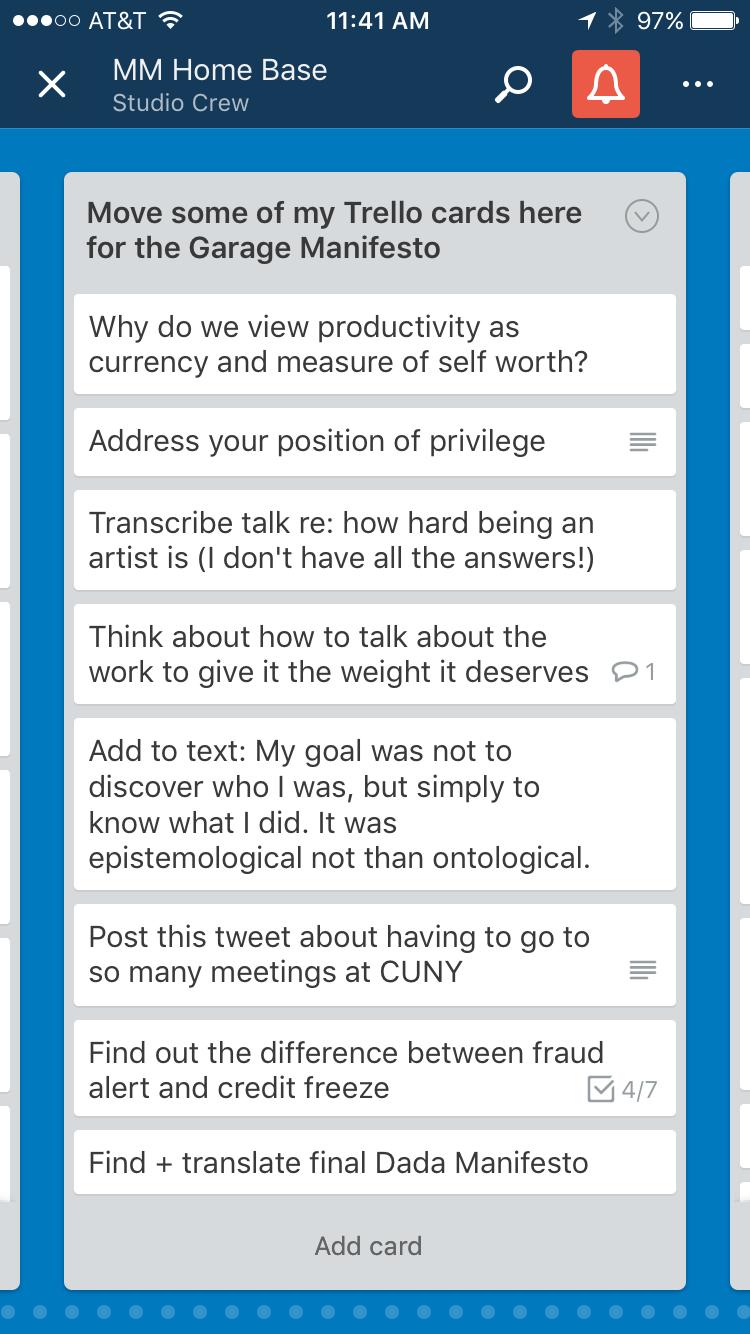
New York artist Michael Mandiberg takes an organized approach to GARAGE’s My Manifesto series, employing project management app Trello.
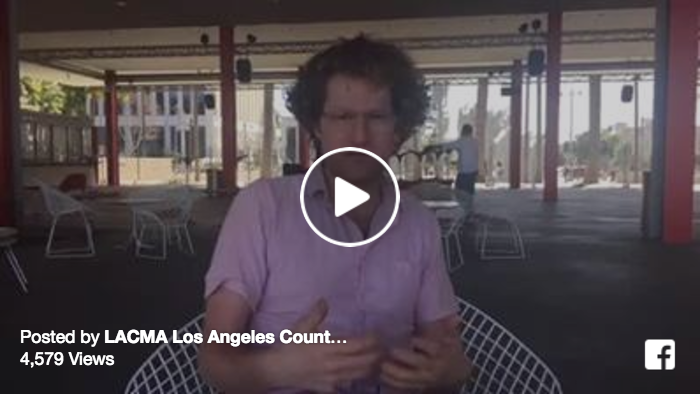
Art + Technology Lab grant recipient Michael Mandiberg discusses his project “Workflow” currently installed in various locations at LACMA.
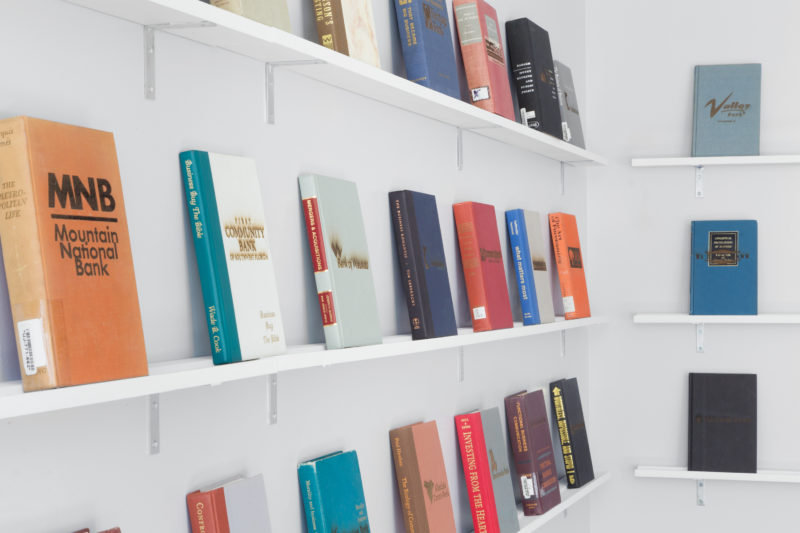
Many artists are engaging with social practice and other forms of activism that both challenge positions Trump has taken and actively work to craft a better world.
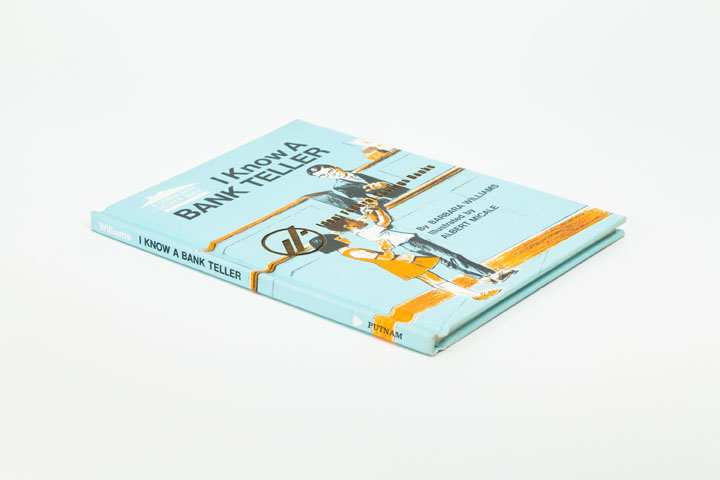
Eight years to the day from Lehman’s failure, artist and educator Michael Mandiberg debuted his current exhibition, FDIC Insured, which captures the extent of this financial unraveling in a clear-eyed site-specific installation tucked away in a vacant office on the 15th Floor of 40 Rector Street.
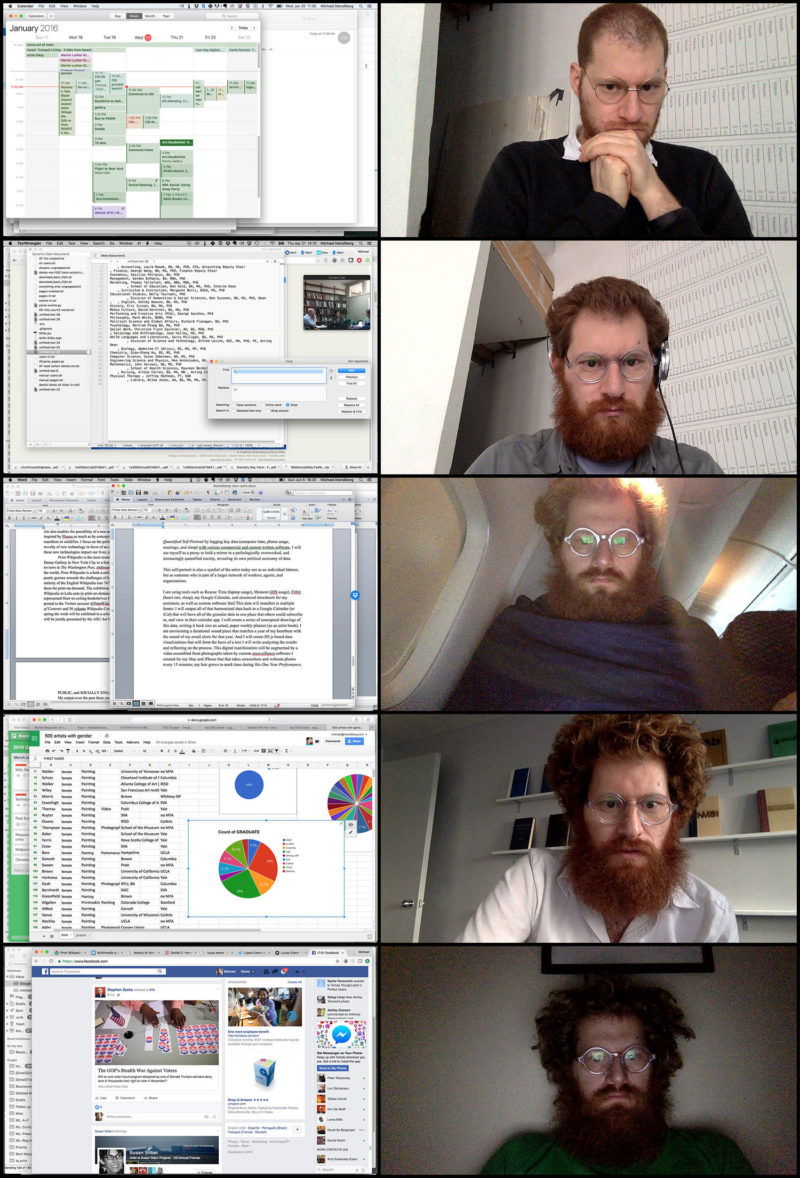
Workflow is a project by Art + Technology Lab grant recipient Michael Mandiberg.
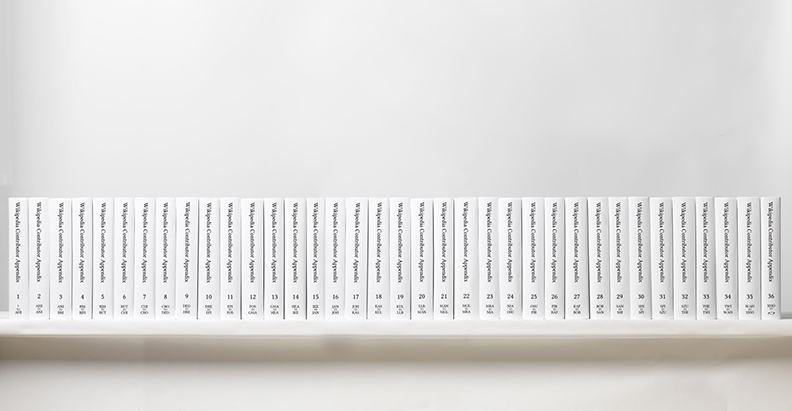
The Stedelijk Museum Amsterdam and MOTI in Breda are jointly acquiring 17 top digital works by contemporary artists in the Netherlands and abroad who are among the pioneers of digital art.
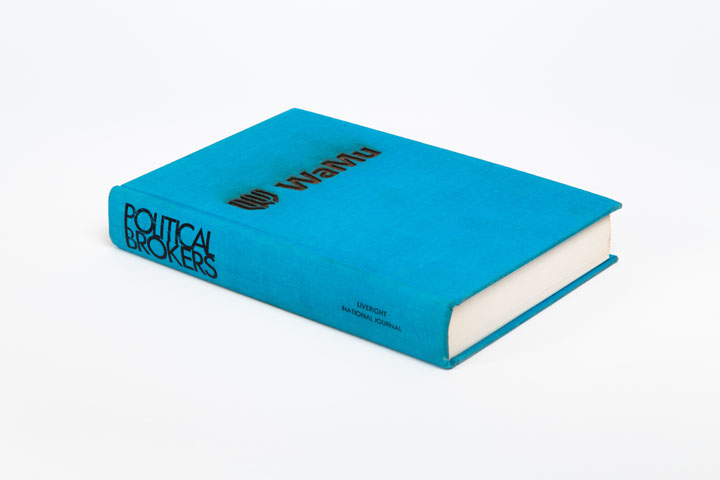
Please join us for an artist talk with Michael Mandiberg in his exhibition FDIC Insured, moderated by Tina Rivers Ryan.
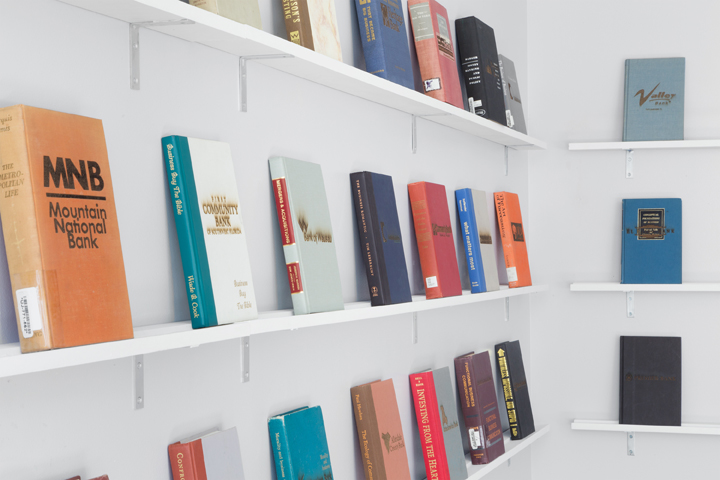
It has been five years since Occupy Wall Street burst onto the scene at Zuccotti Park in New York City’s financial district. In this month’s editor’s letter, Marisa Mazria Katz speaks with interdisciplinary artist Michael Mandiberg about FDIC Insured, an ongoing visual archive chronicling the failure of banks and subverting the banking system’s aesthetics of permanence and potency.
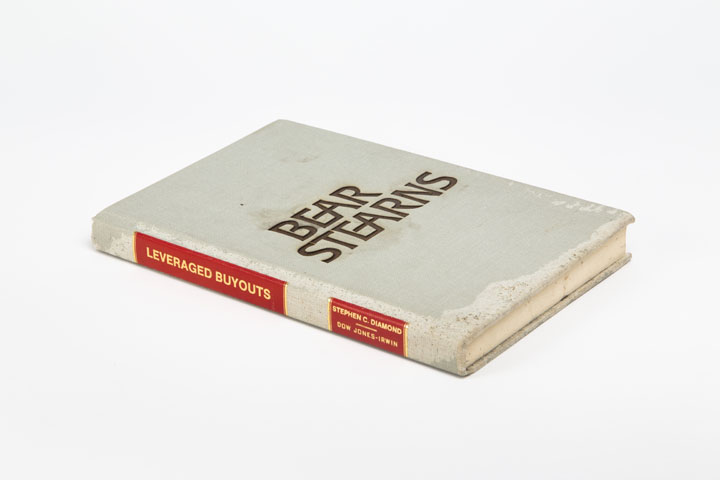
Since 2008, when the financial industry most recently reaped the whirlwind, artist Michael Mandiberg has been collecting the logos of failed banks for his “FDIC Insured” project — 527 at this point — and laser-cutting them onto the covers of discarded financial tomes.
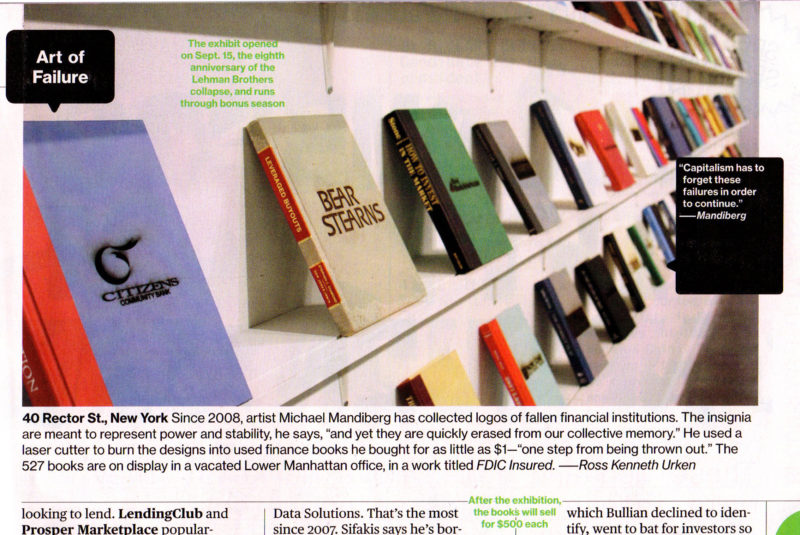
Art of Failure Bloomberg Businessweek September 26 – October 2, 2016 Issue
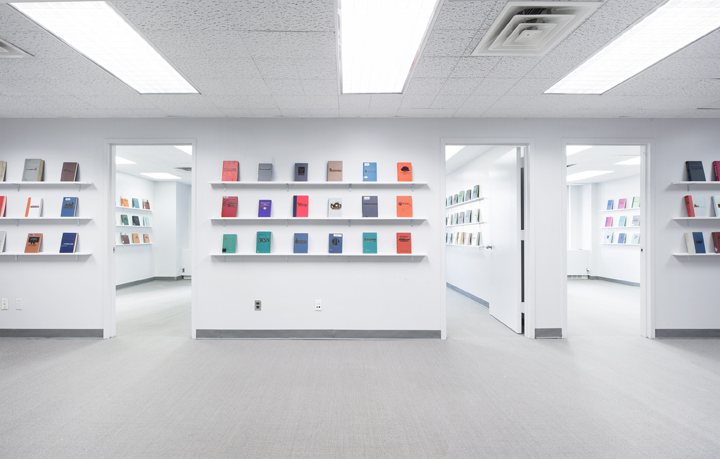
Did you know that since the start of the last recession that over 527 banks have failed? How would we know? When a bank fails there’s no dying cry, no elegy written for it, no sense that it leaves a hole in the community where it once was.
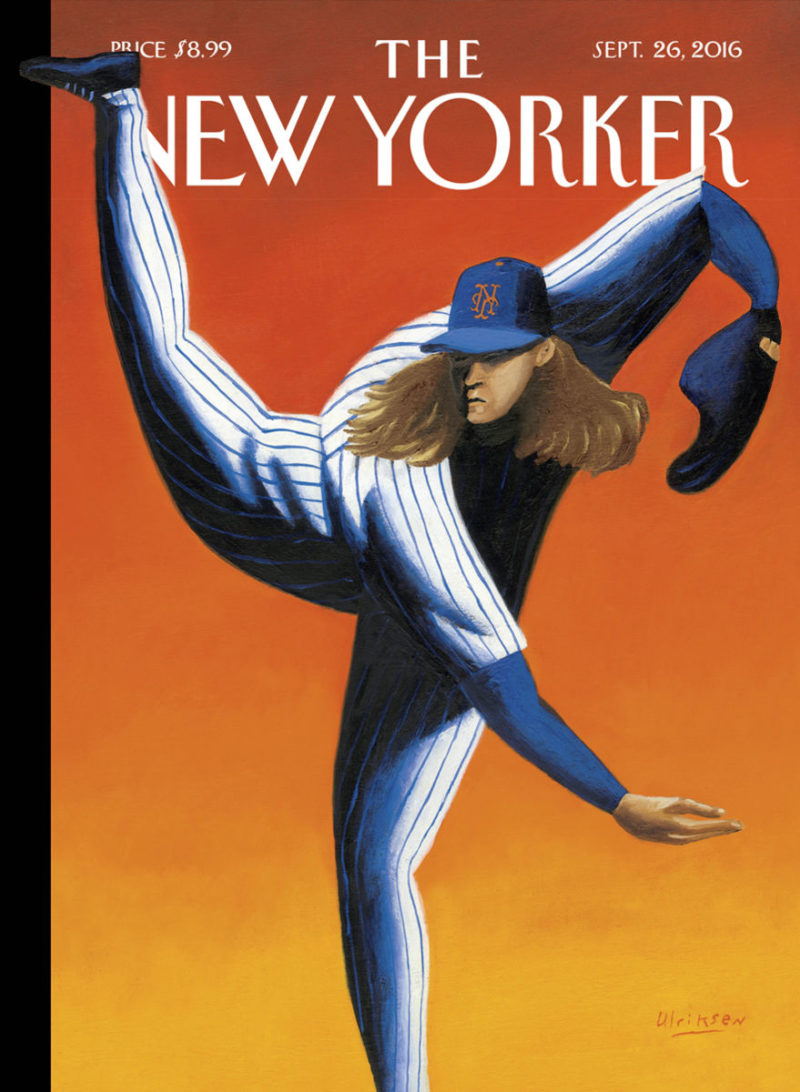
Riding the R train, Mandiberg said, “I thought about this show recently as a kind of memorial. Not a memorial for these banks but a memorial for its impact upon so many people.”
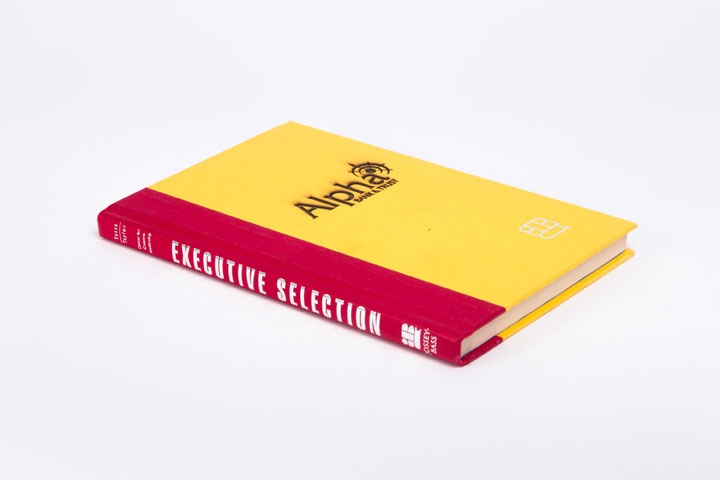
In the space of a weekend, the financial books are autopsied and transferred, the website redirects, and the letterhead is shredded. “It happens for business reasons, but also from a symbolic and semiotic point of view, everything gets erased.”
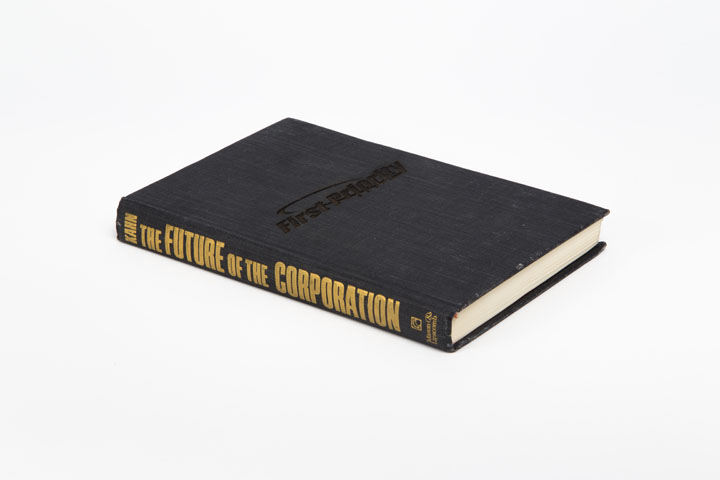
This week is all about books, as Printed Matter’s beloved art book fair touches down in Long Island City, while a new satellite fair pops up in nearby Greenpoint. Plus, don’t miss the celebration of a pioneering performance series and the first retrospective for maintenance artist Mierle Laderman Ukeles.

The 2008 recession drew attention to the destabilization of financial markets by a banking sector that skirts the edges of regulation, using purposely inscrutable financial instruments. In response, a number of artists have attempted to represent the social, political, and financial networks that comprise contemporary capitalism.
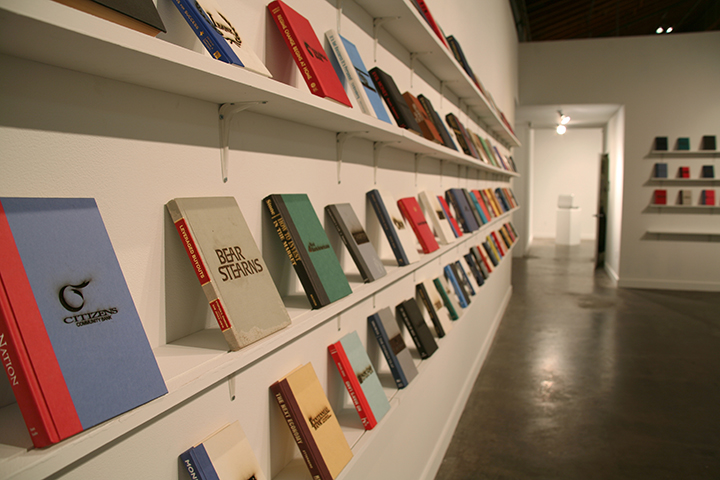
For six and a half years, from the height of the recession in 2009, the New York-based artist Michael Mandiberg woke up every Saturday, turned on his computer and discovered which US banks had failed that week.
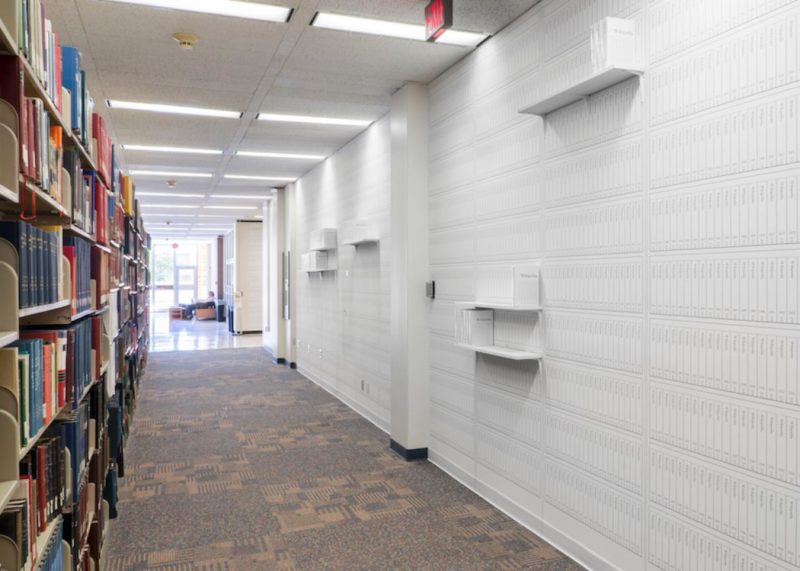
How big is Wikipedia? How many printed volumes would it take to put all of the online encyclopedia on a library’s shelves? I’m only asking about the 5 million or so articles in the English language version—there’s at least that many more in other languages.

For Michael Mandiberg’s “From Aaaaa! to ZZZap!” at Denny Gallery, the artist displayed a limited run of his Print Wikipedia project, 2015, which makes the online encyclopedia available in proprietary print-on-demand form.
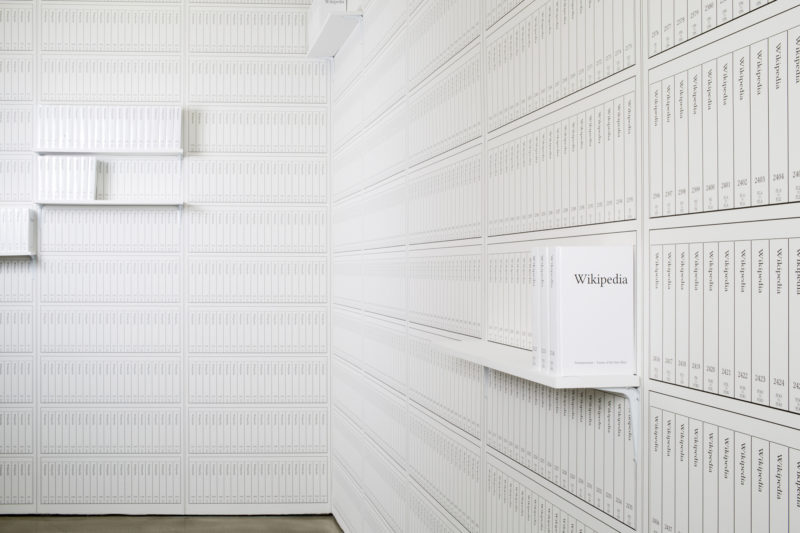
Print Wikipedia, an effort to envision all of English-language Wikipedia as an old-fashioned dead-tree reference set, reached its conclusion just before 10 p.m. on Sunday when a handful of people gathered at a Lower East Side art gallery to watch the last of 7,600 volumes upload to the print-on-demand Web site Lulu.com — exactly 24 days, 3 hours and 18 minutes after the process began.
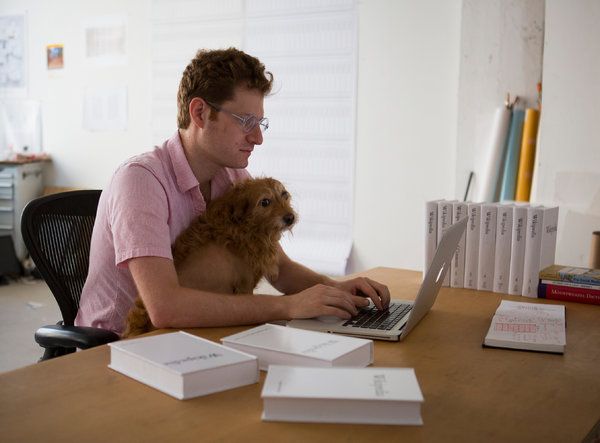
Moving Wikipedia From Computer to Many, Many Bookshelves
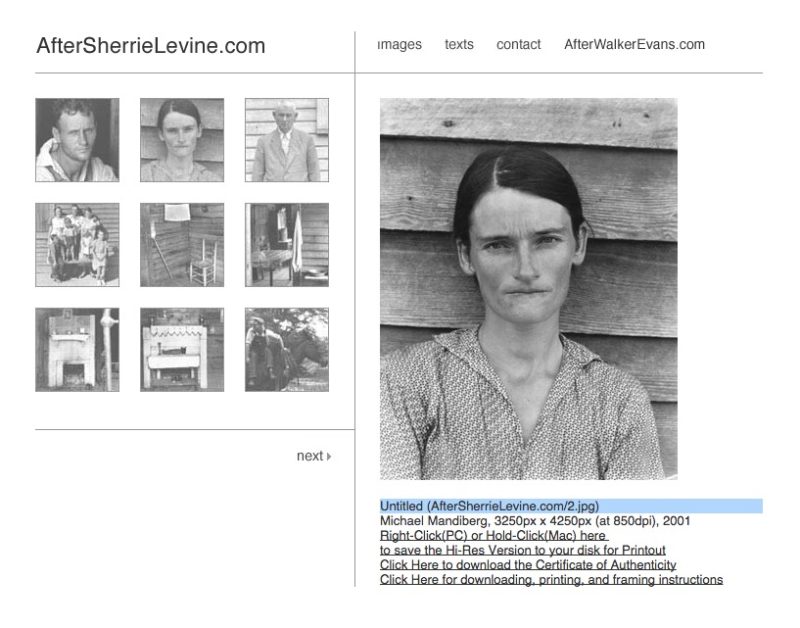
The Denny Gallery may have given themselves a curatorial headache with the title of their current exhibition, “Share This! Appropriation After Cynicism.” There are more tricky connections and presumptions in that moniker alone than in the web mantras and second-person addresses that typically sign most contemporary shows.
Michael Mandiberg created this video for MOCA Busan to discuss their two ongoing projects ‘Live Study’ which is accessible on the Whitney Museum’s website, and the ‘Zoom Paintings’ exhibited as part of Denny Dimin Gallery’s virtual program fall of 2020.
From the LACMA site:
Workflow is a project by Art + Technology Lab grant recipient Michael Mandiberg. The artist uses self-tracking technology to understand the changing definition of labor in the digital age. The endeavor has multiple components, including a one-year sonic installation, Quantified Self Portrait (Rhythms), in LACMA’s Pritzker Parking Garage elevators, and a three-channel video, Quantified Self Portrait (One Year Performance), which will begin at LACMA’s Ray’s & Stark Bar on February 16, 2017. Related engagements will take place later in 2017 as the project continues to evolve. The artist will be in residence at 18th Street Arts Center for part of his project.
Quantified Self Portrait (One Year Performance) is a frenetic stop motion animation composed of webcam photos and screenshots that software captured from the artist’s computer and smartphone every 15 minutes for an entire year; this is a technique for surveilling remote computer labor. The images are paired with the short distillations of what Mandiberg learned each day during the durational performance.
From the LACMA site:
Workflow is a project by Art + Technology Lab grant recipient Michael Mandiberg. The artist uses self-tracking technology to understand the changing definition of labor in the digital age. The endeavor has multiple components, including a one-year sonic installation, Quantified Self Portrait (Rhythms), in LACMA’s Pritzker Parking Garage elevators, and a three-channel video, Quantified Self Portrait (One Year Performance), which will begin at LACMA’s Ray’s & Stark Bar on February 16, 2017. Related engagements will take place later in 2017 as the project continues to evolve. The artist will be in residence at 18th Street Arts Center for part of his project.
Quantified Self Portrait (Rhythms) sonifies a year of the artist’s heart rate data alongside the sound of email alerts. Mandiberg uses himself as a proxy to hold a mirror to a pathologically overworked and increasingly quantified society, revealing a personal political economy of data. The piece plays for one full year, from January 1, 2017 to January 1, 2018, with each moment representing the data of the exact date and time from the previous year.
Video of Michael Mandiberg’s project Print Wikipedia, which was exhibited in From Aaaaa! to ZZZap!, at Denny Gallery, June 18 to July 11, 2015.
The exhibition at the gallery was the performance of the upload of Print Wikipedia to Lulu.com (a print-on-demand website), and exhibition of a selection of volumes from the project.
Print Wikipedia is a both a utilitarian visualization of the largest accumulation of human knowledge and a poetic gesture towards the futility of the scale of big data. Mandiberg has written software that parses the entirety of the English-language Wikipedia database and programmatically lays out thousands of volumes, complete with covers, and then uploads them for print-on-demand. Built on what is likely the largest appropriation ever made, it is also a work of found poetry that draws attention to the sheer size of the encyclopedia’s content and the impossibility of rendering Wikipedia as a material object in fixed form: Once a volume is printed it is already out of date. The work is also a reflection on the actual transparency or completeness of knowledge containers and history.
Video of Michael Mandiberg’s project Print Wikipedia, which was exhibited in From Aaaaa! to ZZZap!, at Denny Gallery, June 18 to July 11, 2015.
The exhibition at the gallery was the performance of the upload of Print Wikipedia to Lulu.com (a print-on-demand website), and exhibition of a selection of volumes from the project.
Print Wikipedia is a both a utilitarian visualization of the largest accumulation of human knowledge and a poetic gesture towards the futility of the scale of big data. Mandiberg has written software that parses the entirety of the English-language Wikipedia database and programmatically lays out thousands of volumes, complete with covers, and then uploads them for print-on-demand. Built on what is likely the largest appropriation ever made, it is also a work of found poetry that draws attention to the sheer size of the encyclopedia’s content and the impossibility of rendering Wikipedia as a material object in fixed form: Once a volume is printed it is already out of date. The work is also a reflection on the actual transparency or completeness of knowledge containers and history.